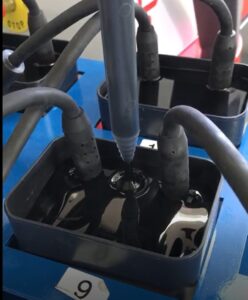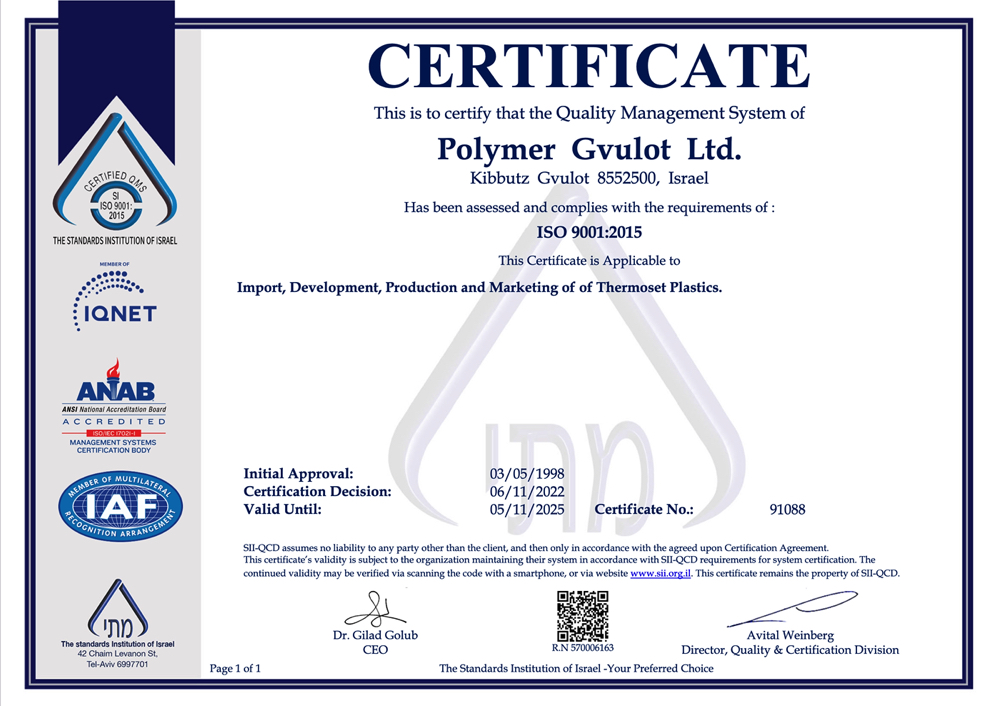The most future-ready answer to moving heat away from delicate components and protecting against potential chip and circuit failure is thermally conductive encapsulation resin systems and potting compounds.
Electronic devices are getting more and more powerful. They are also getting smaller. As small mobile and embedded devices continue to gain popularity among the population, thermal management becomes all the more of a challenge for today’s design engineers.
The hotter the temperature, the less functional the machine – thus, engineers must find a way to keep machines cool without sacrificing functionality and power. Plus, they must take future trends into account. In the next ten years, microprocessors are projected to dissipate up to 200W per cm2, which is double that of today. The unfolding system in a package (SIP) and system on chip (SOC) designs mean components will be stacked on top of each other, making getting the heat away even more difficult.
A future-proof solution
Potting compounds offer a complete barrier and exceptional protection against extreme environments. They can be used to encapsulate and insulate individual electronic components or pot the entire device to prevent the impact of outside elements such as humidity, vibration, chemicals, dust, water, and thermal or physical shock. They also prevent overheating. With a good resin system, your printed circuit boards and electronic devices continue performing impeccably even when there’s prolonged exposure to the aforementioned elements.
The most commonly used material systems to protect the hardware are epoxy, polyurethane, and silicones – each with its own strengths and use cases. They are different in viscosities, flexibility levels, thickness, colors, thermal conductivity, environmental impact, and other factors.
At PolymerG, we work with our customers to anticipate exposure conditions and the service life of the product, in order to offer a specific type of resin with specific properties.
Our goal is to extend the lifecycle and the functional quality of coated components and devices.
Dispensing Polymer-G 2K polyurethane (U233) with Polymer-G smart dispensing cell
The many applications of resin systems
Material systems are especially useful for protecting electronic devices that operate in harsh conditions. From marine use to automotive and aerospace, to lighting and domestic appliances, resin systems help to protect, thermally manage, and prolong the life of each unit. At PolymerG, we have worked with a wide variety of industries, accumulating knowhow and experience unique to each use case.
And in today’s automated world, we have worked to automate the whole process from A to Z, including accurate dispensing, to achieve superior results for each customer.
For more information or to speak to our engineers, drop us a line at info@polymer-g.com
Learn More About Polymer-G Potting and encapsulation resins

